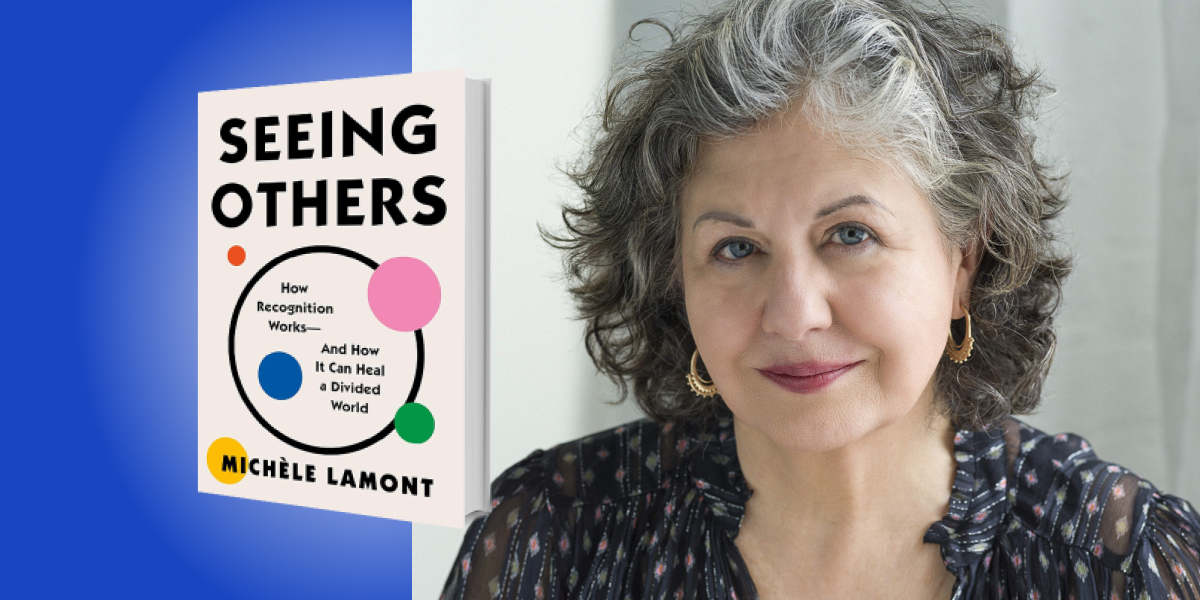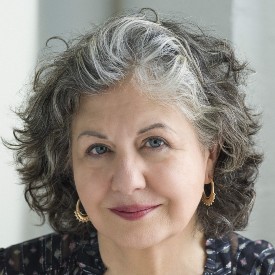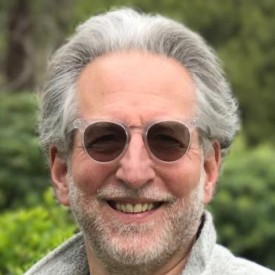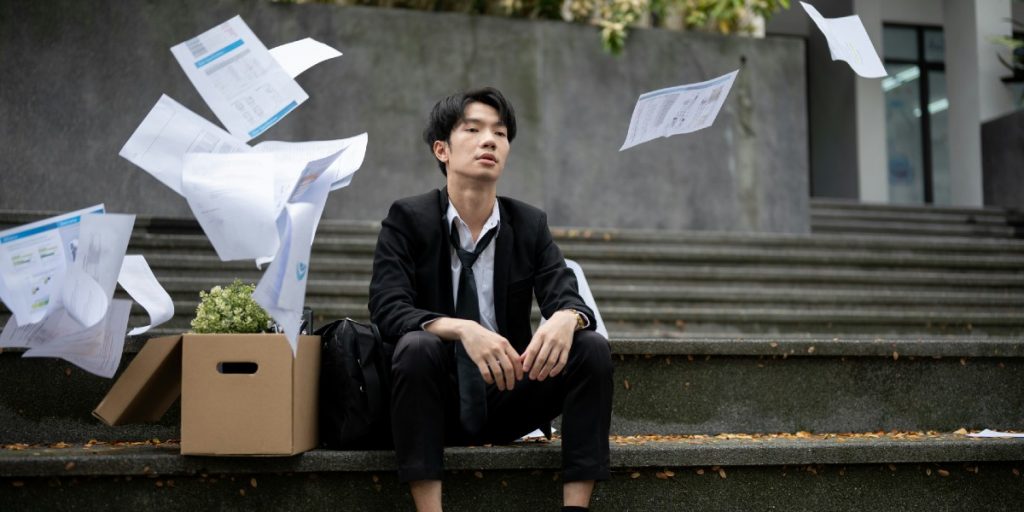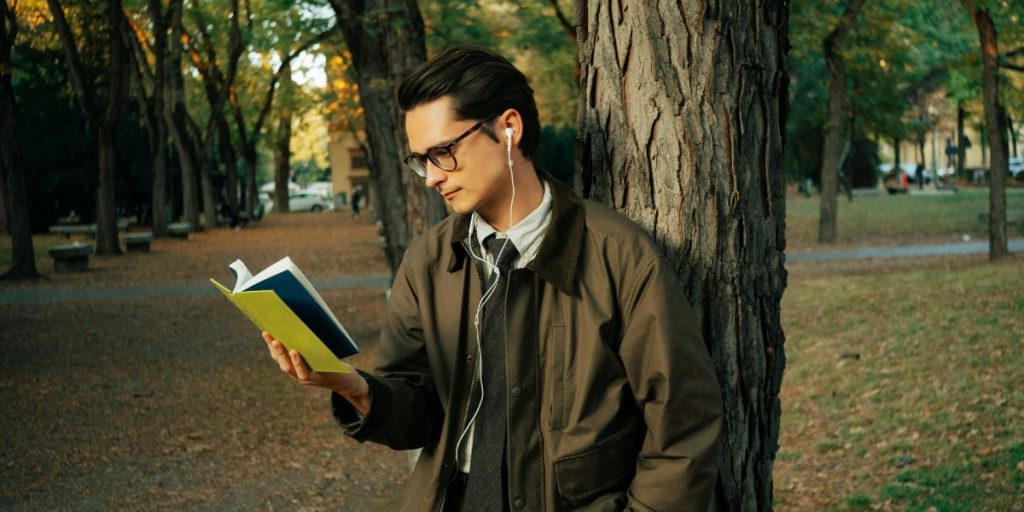Michèle Lamont is an acclaimed Professor of Sociology and of African and African American Studies and the Robert I. Goldman Professor of European Studies at Harvard University. She served as President of the American Sociological Association in 2016 and she recently co-chaired the advisory board to the 2022 United Nations Human Development Report.
Below, Michèle shares 5 key insights from her new book, Seeing Others: How Recognition Works and How it Can Help us Heal a Divided World. Listen to the audio version—read by Michèle herself—in the Next Big Idea App.
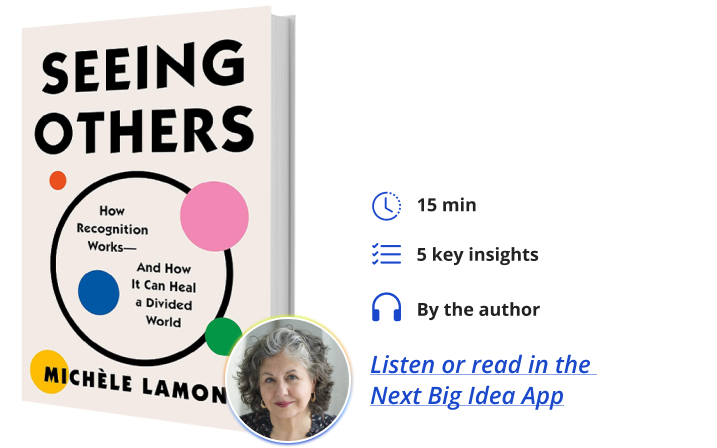
1. Recognition is important.
By recognition, I don’t mean “I recognize that this is an apple,” or, “I recognized Jim on the street.” Instead, recognition is the very act of acknowledging the value of a group of people, making them visible and worthy. The media covers instances of recognition incessantly, and many people contribute to it regularly in their daily lives, whether as members of minoritized groups or as members of mainstream groups asserting their importance.
These groups want to tell others that they should be heard and respected. Yet, despite the real-world importance of this phenomenon, not many people have studied exactly how recognition is gained or lost. We also lack knowledge on how to grow the circle of acceptance, broaden our criteria of who is valued, and weaken group boundaries.
As part of my research, I analyzed how 185 “change agents” and 80 Gen Z members talk about the problems related to lack of recognition and about their contribution to broadening inclusion and challenging stereotypes. Change agents include Hollywood creatives, activists, journalists, and other groups of people who are intentionally aiming to transform how we understand the world, as a part of their jobs. As for Gen Z, our focus on them acknowledges that they are the future and they are thinking hard about where we should be heading as a society. Their future will be a time when the American dream is unlikely to deliver. Their inclusion is at the center of what they want for the future.
Through the lens of recognition, you can comprehend aspects of social life that are otherwise not so visible. Thus, you will have new glasses through which you relate to the world. You can also better understand how to more effectively shape our environment.
2. Dignity is as important to our well-being as material resources.
This idea is certainly controversial. But consider that often, stigma creates poverty. For instance, think of LGBTQ youth who are rejected by their parents and then end up homeless. Here, poverty is caused by stigma. Cultural labeling generates material deprivation, so we see that the causal arrow can go in that direction. Researchers—economists, psychologists, and sociologists —are providing clear evidence of this.
“Cultural labeling generates material deprivation.”
Of course, most of what we hear about in the media focuses on the distribution of resources, on who gets what. That’s certainly the province of economists, but also a great number of sociologists. In another book I coauthored called Getting Respect, my colleagues and I interviewed Black folks in three countries (the U.S., Brazil, and Israel) about their experience of being treated unfairly. For the most part, they did not talk about discrimination, about not having access to work, housing, or good schools. Instead, they talked about how they have experienced “assault on the self” that is, been ignored, underestimated, viewed as less worthy, and stereotyped. They also discuss how they responded to these assaults. Patterns are very different across countries, with far more confrontation in the U.S. than in Brazil. This is what recognition is about, understanding how various people go about asserting their dignity.
3. Gaining recognition is a process of collaboration.
Recognition is often achieved through “recognition chains,” which refers to networks of collaboration between change agents and various types of institutions. Both of those forces together push a common message.
Today, in the fields of strategic communication, philanthropy, the corporate sector, and fine art, people go about creating new narratives or depictions about how the world works and who is worthy. They also work together to scale up these narratives so that they become so widely shared that they are viewed as “natural” by the public. At this point, these narratives become taken for granted, seen as unavoidable and “normal.” We cannot understand how recognition spreads without taking into consideration these networks of collaboration.
For instance, consider how people who have HIV/AIDS have become destigmatized. Participants in social movements aiming to support AIDS victims created alliances with many knowledge workers—lawyers, medical experts, social scientists, journalists—who diffused the idea that anyone could have AIDS. No longer was this just a disease of immoral gay men who were promiscuous.
“Creating a more inclusive society requires collaboration between social movements and knowledge workers.”
In contrast, people labelled obese were far less successful at creating this type of alliance. As a result, many people continue to believe that it is OK to blame people who are obese for their predicament. They continue to view them as lacking will-power or as too lazy to take care of themselves. Studying how the reduction of stigma is accomplished shows us that creating a more inclusive society requires collaboration between social movements and knowledge workers.
There are other ways to spread recognition. As part of our interviews with change agents, my team and I interviewed 75 entertainment professionals and comedians. From their insight, we identified eight different strategies they use to lift up groups that are viewed as weird or inferior. These strategies include what we call “the Trojan horse strategy.” Comedians don’t want to force their audience to eat their vegetables, but many want to change the world. To this end, they insert messages about inclusion into stories that aim to make people laugh. Thus, they contribute to weakening group boundaries.
4. Gen Z wants to imagine a different world oriented toward inclusion after the end of the American dream.
With growing inequality over the last decades, many young people have come to see the American dream as out of reach. This is accompanied by a massive mental health crisis. This situation led me to want to understand how we can all work toward developing new societal ideals that can inspire hope.
This is why my team and I interviewed 80 Gen Z members about what they think is wrong in our world, what their ideals are, and what they hope to achieve moving forward. In our interviews, we found that many aspire to a life that combines hard work and entrepreneurship. But they also want a future with a work-life balance, share a concern with mental health, and possess an orientation toward creating a more inclusive society that allows all of us to live more authentically. This generation, born around the turn of the century, is much less concerned with upward mobility than Boomers were. They want to live their full lives now. They act as important change agents who take seriously their mission of diffusing recognition.
5. The place of recognition is central to American politics.
We can see recognition everywhere. So much of what is happening in American politics is about fights for recognition. The current Governor of Florida Ron DeSantis is fighting critical race theory in schools and asserting the power of parents over the education of their children. This has been interpreted as part of a recognition strategy to reaffirm the privileged position of white people over people of color in the United States.
“Ordinary universalism means creating societies where many criteria of worth coexist.”
Many of the recent decisions of the Supreme Court of the United States can also be viewed through this lens, as recognition strategies to assert the status or power of one group of citizens over another: the power of men over women in the case of the termination of Roe Vs Wade, or the power of straight people over LGBTQ in the case of the recent decision to limit access of the latter group to services. Politicians compete to give recognition to one group or another through their speeches and political platforms. In this sense, politics can be understood as competition for status and dignity.
There are specific actions we can engage in to help lower the temperature, and to create a more inclusive society. This involves promoting what we all have in common as human beings; I call this ordinary universalism. Ordinary universalism means creating societies where many criteria of worth coexist. It’s a society that not only wants to make money but also values what one contributes emotionally or spiritually, as a caregiver or a priest.
To listen to the audio version read by author Michèle Lamont, download the Next Big Idea App today:












